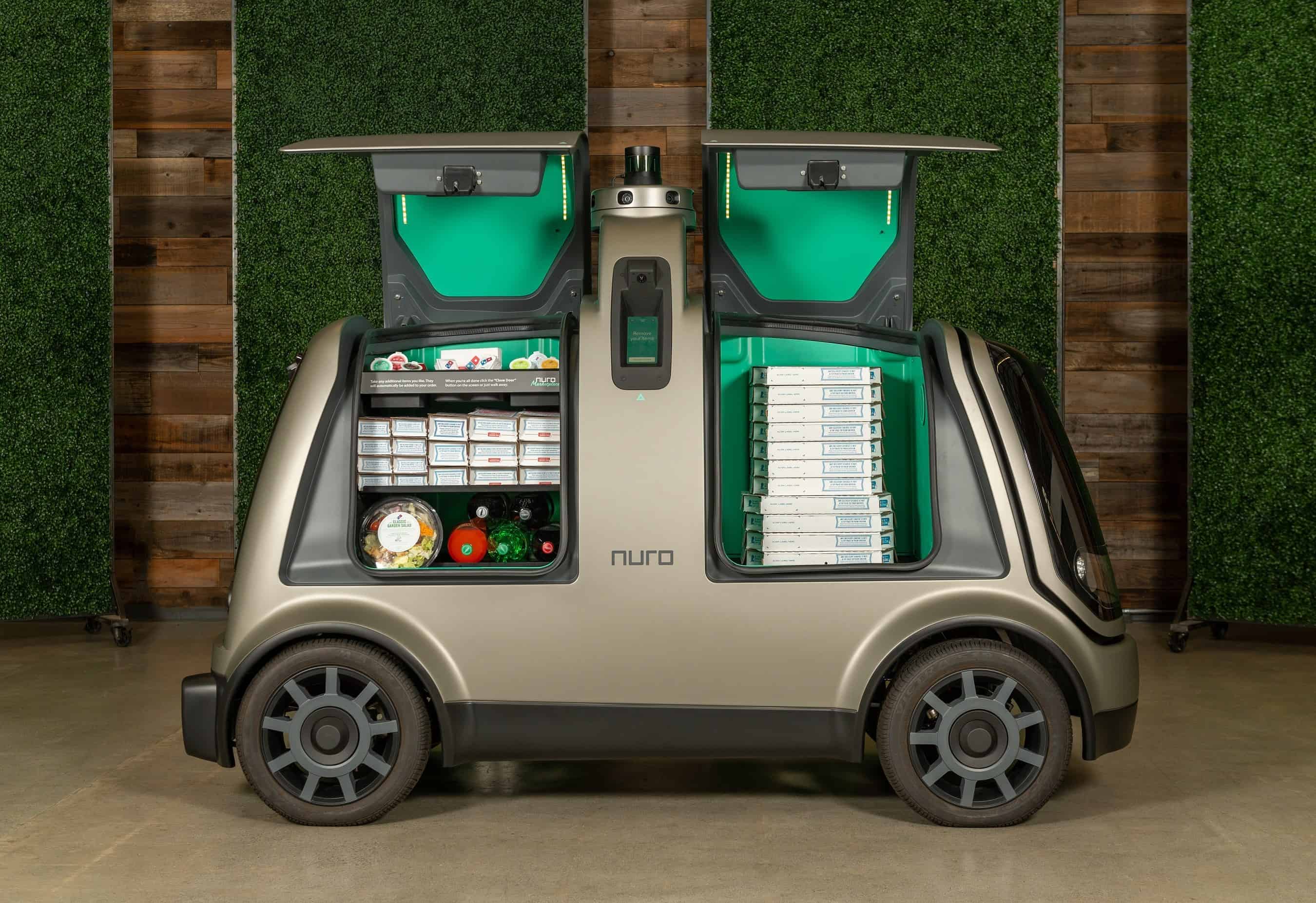Last-mile delivery—the process of moving items from warehouses or stores to consumers’ homes—is a challenge for retailers. It’s expensive, error-prone and not responsive enough to effectively accommodate on-demand delivery of items purchased online. To address these problems, online retailers and others are turning to robots.
2024 Ecommerce Fulfillment Report
Analysis of the latest trends in ecommerce fulfillment. Includes over 25 charts, expert analysis, and critical insights into delivery choices by retailers and expectations from shoppers, breakdowns of shipping, returns, and omnichannel offerings among retailers in the Top 1000.
While some retailers are testing full-sized, self-driving cars, a fresh breed of vehicles is emerging: the delivery robot. New, purpose-built delivery robots are small, relatively lightweight and made to operate at low speeds. They’re designed to make deliveries without drivers, often in places off-limits to cars, such as sidewalks.
Delivery robots have the potential to boost the speed and efficiency of retail deliveries and significantly reduce costs, says Robert Doyle, vice president for the Robotic Industries Association (RIA), a trade association serving the robotics industry. One estimate, from investment management firm ARK Investment Management LLC, suggests robots could reduce the cost of last-mile delivery to 6 cents per mile compared with about $1.60 per mile for a delivery made by a human. Because they are agile and adaptable, robots could be the best choice for some deliveries, especially in crowded urban areas or on college campuses.
“If you have a lot of these delivery robots rolling around, you can deliver a lot of things faster than with a UPS truck with one person in it,” he says.
Kroger Co. has been among the pioneers in robotic delivery of online orders. Since December, the grocer has used autonomous vehicles developed by Nuro Inc. to deliver ecommerce grocery orders to customers in Scottsdale, Arizona, and it plans to expand the service to two stores in Houston, Texas, later in the year. Nuro’s robots operate on public roads at speeds of less than 25 miles per hour.

A Nuro delivery vehicle loaded with pizza and other items for Domino’s Pizza Inc.
Kroger employees load online orders into the compartments of the Nuro robot, which then drives to a customer’s home. When the order arrives, the customer receives a notification from the Kroger mobile app that the self-driving robot is outside. The customer then uses a PIN to open the appropriate compartments and retrieve their order. Kroger charges a $5.95 flat delivery fee with no minimum order.
Nuro also announced plans to launch a pizza-delivery test with Domino’s Pizza Inc. in June. The restaurant will use delivery robots to deliver to select customers who place orders online in Houston, a Domino’s spokeswoman says. If the test proves successful, it plans to add additional locations. Domino’s has not determined how many stores will use Nuro robots. It also has not announced when the testing will start or how it will select customers for robotic delivery, she says.
To get immediate access to the rest of this article, sign up for a free Strategy Membership using Join for Free button below. If you’re already a member, please sign in.
Want to read more? Unlock Free Strategy Membership